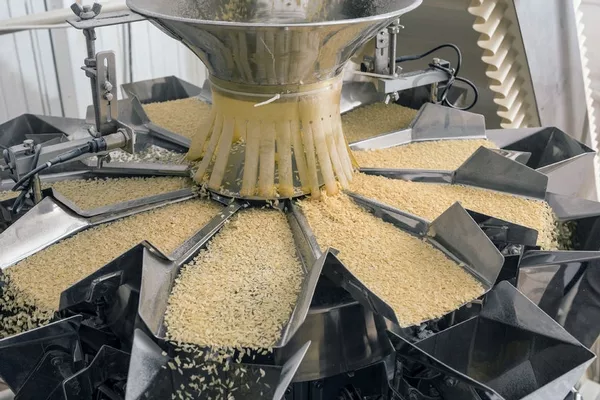How Well-Equipped is Your Facility?

In the United States, foodborne illness accounts for a substantial amount of sicknesses, hospitalizations and deaths recorded annually. The U.S. Centers for Disease Control and Prevention estimates 3,000 deaths and 128,000 hospitalizations from foodborne pathogens each year in the U.S. alone.
Despite occurring with relative frequency, these incidents are largely avoidable. To address this public health problem, food safety laws are becoming increasingly stringent and more heavily enforced. Complying with these federal regulations is the ideal standard and should be common practice as it not only establishes trust with consumers, it also reduces the likelihood of a company becoming the subject of the next recall headline.
In addition to meeting these strict hygienic requirements and regulations, the food processing industry must adopt solutions that will maximize efficiency and minimize their operating costs. Below are examples of best practices food-processing facilities should consider in order to ensure they are up-to-date with federal food safety regulations.
Know the Regulations
Although the Food Safety Modernization Act (FSMA) was signed into law 5 years ago, the first major compliance date for large food facilities is slated for this month. Under FSMA, the U.S. Food and Drug Administration (FDA) is concentrating its efforts to prevent contamination, which is in stark contrast to the mostly reactive role the federal agency has previously occupied. While FSMA does not address food equipment standards directly, companies should factor in the new regulations when determining which equipment will most effectively enable them to meet hygiene and sanitation requirements.
Update Your Equipment
For an entire facility to be considered up to code, each and every piece of equipment must be compliant. Conveyors, for instance, are a crucial element of a food processing plant, coming into contact with every unit of product that it transports throughout the facility.
In this example, the design of the conveyor system should not leave room for water to enter or gather. The surface of the belt should be rounded or on an incline so as not to collect stagnant water, and the belts themselves must be resistant to chemicals and bacteria. Both conveyor belts and drum motors must be able to withstand frequent, wet and high-pressure wash-down applications. The latter should be constructed with stainless steel that is chemical- and rust-proof, and feature an enclosed design that is conducive to hygiene.
Ideally, equipment will be certified by multiple authorities, such as the U.S. Department of Agriculture and the FDA. Because of the sheer size of the food industry, it can be difficult for auditors to monitor whether or not equipment manufacturers are authorized to advertise certain certifications. It is imperative that purchasers perform adequate research to ascertain whether the equipment is truly compliant with current regulations.
Looking for quick answers on food safety topics?
Try Ask FSM, our new smart AI search tool.
Ask FSM →
Put Your Equipment Under the Microscope
Since equipment is typically purchased through an original equipment manufacturer, users must thoroughly examine each component’s features and specifications. However, a common mistake is to assume a piece of equipment is hygienic because it is constructed with stainless steel or it has an optimal ingress protection (IP) rating. These features do not always necessarily guarantee the equipment is hygienic, and therefore users must be prepared to probe deeper for answers.
Questions for users to consider include:
- Is each part easy to access for inspection and cleaning?
- Are there any surface areas vulnerable to water ingress or bacteria buildup?
- What IP rating does the part carry?
- Will these parts be able to perform under extended exposure to high or low temperatures?
- Are materials corrosion-resistant?
- Does the heat output from a component have the potential to affect the food quality?
Provide Specialized Training
Professional and continuing education is crucial for the success of any business and the food industry is no exception. Employees who receive training will be well versed in the federal standards, making them more confident and efficient in their work. By providing regular training in installation, proper cleaning and sanitation methods, organizations are further demonstrating their commitment to public health and best business practices.
While the impact of FSMA remains to be seen, companies cannot afford to delay implementing food safety practices. They must seek out hygienic food equipment design for their facilities and act responsibly or risk an outbreak that could cripple their business.
Ken Ferguson has more than 20 years of sales experience, specializing in automation components and motion control systems. As the U.S. sales and marketing director of Interroll, Ken is responsible for planning and implementing product development programs to achieve corporate objectives for products and services.







